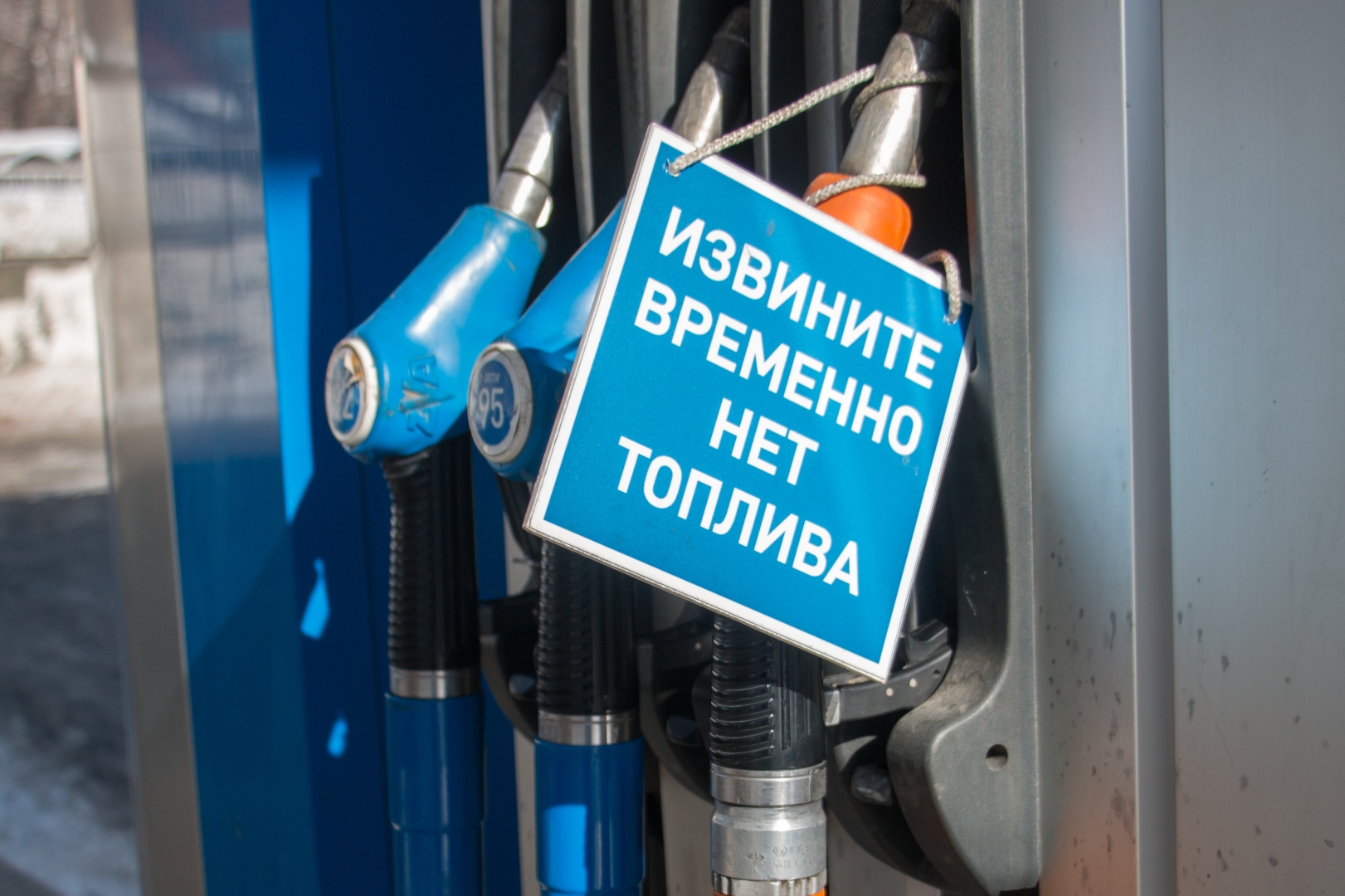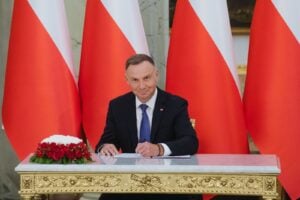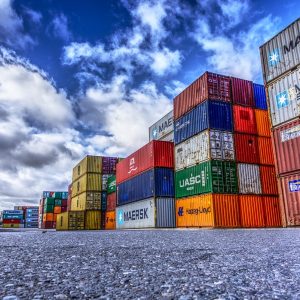Drone strikes and the Russian Federation’s deficit budget: why the “LPR” has no gasoline
10 September 13:02
The fuel crisis that erupted in Russia after drone attacks on major oil refineries is affecting the occupied regions of Ukraine. In the so-called Luhansk People’s Republic, gas stations in the area have reported a temporary lack of AI-92 and AI-95 gasoline. This was reported by the local Ministry of Energy on August 31, according to
The ministry explained the disappearance of the fuel by “interruptions in supply,” a decrease in stocks at fuel suppliers and “increased demand” observed in recent weeks.
Gasoline shortages were also experienced in Trans-Baikal and Crimea, where the authorities returned to the Soviet practice of selling fuel with coupons. Shortages with hours-long queues occurred in Primorye, and gasoline sales were stopped altogether on the Kuril Islands.
According to Reuters estimates, as of August 26, Russian oil producers had lost 17% of their refinery capacity due to drone attacks that affected at least 10 plants and led to a complete shutdown of at least five – Novokuibyshevsk, Saratov, Volgograd, Syzran, and Kuibyshev. Rosneft’s Ryazan refinery, which supplies fuel to the Moscow region, also shut down half of its capacity.
The fate of the Novoshakhtinsky refinery in Rostov Region remains unclear, as it was on fire for five days after the UAV attack. The total amount of idle capacity at the refinery in August set a historic record at 6.4 million tons, or 23%. Gasoline prices on the stock exchange set new records in August: rUB 72.6 thousand per ton of Regular-92 and RUB 82.2 thousand per ton of Premium-95. Since the beginning of the year, they have increased by 40-50%.
However, Kremlin spokesman Dmitry Peskov assures that the Russian fuel market is “stable,” “under control” and “fully supplied.”
What exactly is happening with gasoline in Russia? Do the occupied Ukrainian territories really suffer the most from this crisis?
There is a crisis, it is systemic and widespread in Russia
Economist Oleg Pendzin emphasizes that the crisis has spread to almost the entire territory of Russia, with the exception of large cities like Moscow and St. Petersburg.
“And in the east of the Russian Federation, in remote regions, gasoline is not sold to individuals at all – only to utility companies and industrial enterprises through coupons. So there is a crisis everywhere, a terrible crisis,”
– he comments exclusively for
Thus, the crisis has inevitably reached the occupied Ukrainian regions, such as Luhansk, where supply disruptions and increased demand are being recorded.
Pendzin directly links the crisis to the attacks and recalls the already standard estimate of 17% of destroyed processing.
Дивіться нас у YouTube: важливі теми – без цензури
Causes of the crisis: drone strikes, budget deficit, government regulation
Energy expert Volodymyr Omelchenko notes that in addition to the Ukrainian strikes, there are other factors that have contributed to the fuel crisis in Russia. And one of the key factors is the standard Russian habit of state price regulation.
“In Russia, prices are controlled by the state, regulated at a certain level, and oil companies are compensated for the price difference. This is an important factor, as the Russian state budget is currently unable to maintain this control due to a large deficit,”
– explains the expert exclusively for
In the context of the budget deficit, the mechanism of state reimbursement has begun to “stall”, which producers do not like at all.
“Since Russia’s budget deficit has already reached 6 trillion rubles, they have nothing to compensate. Accordingly, it is more profitable for oil companies to export petroleum products and oil than to sell them on the domestic market. This is an important reason,”
– omelchenko is convinced.
Specifics of the occupied territories: “third-rate” areas for Russia
As for the Ukrainian territories occupied by Russia, there is nothing to be surprised about, experts are convinced. After all, these are the territories that Russia will take care of last.
“For Russians, Luhansk, Donetsk, and the occupied regions in general, are third-rate regions, with third-rate people living there. They send fuel and investments and infrastructure there as a matter of last resort. That is why there are problems not only with oil products, but also with water. Because Russia sees these territories as third-rate,”
– believes Volodymyr Omelchenko.
Conclusions
If the fuel shortage and gasoline coupons are “stable” in Russia, as Peskov says, we will be quite happy with it. And economists and energy experts are unanimous: the fuel crisis in Russia is systemic, and it has affected a number of regions controlled by Russia – from the occupied Ukrainian lands to remote territories of the Russian Federation.
As a result, we can predict that the crisis will continue unless its root causes are addressed: restoration of refinery capacity, budget stabilization and revision of supply priorities. And these factors are too systemic to be dealt with quickly. The statements of the Russian authorities about “controlling” the situation are certainly exaggerated, and the reality is very unpleasant for many Russian and Russian-occupied regions.
Читайте нас у Telegram: головні новини коротко









